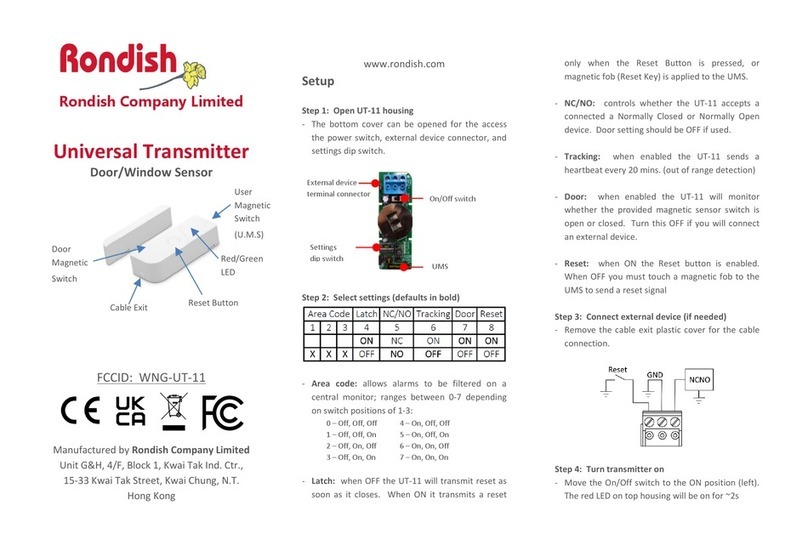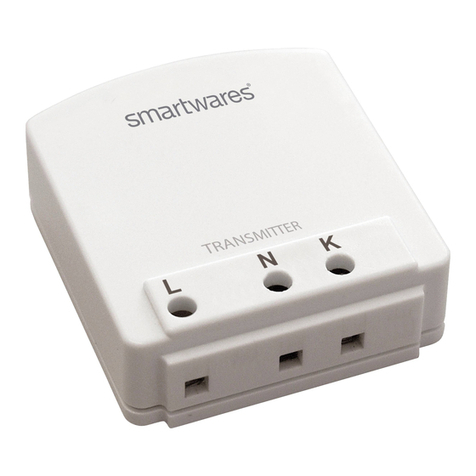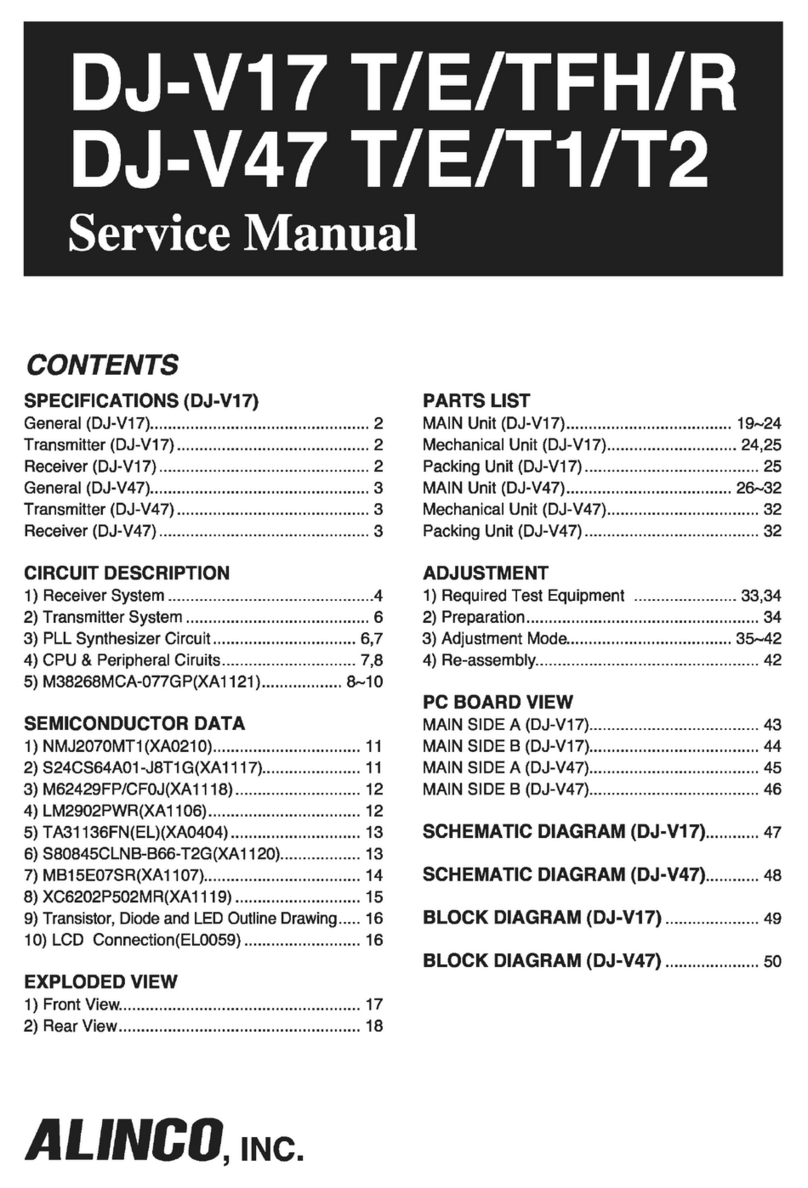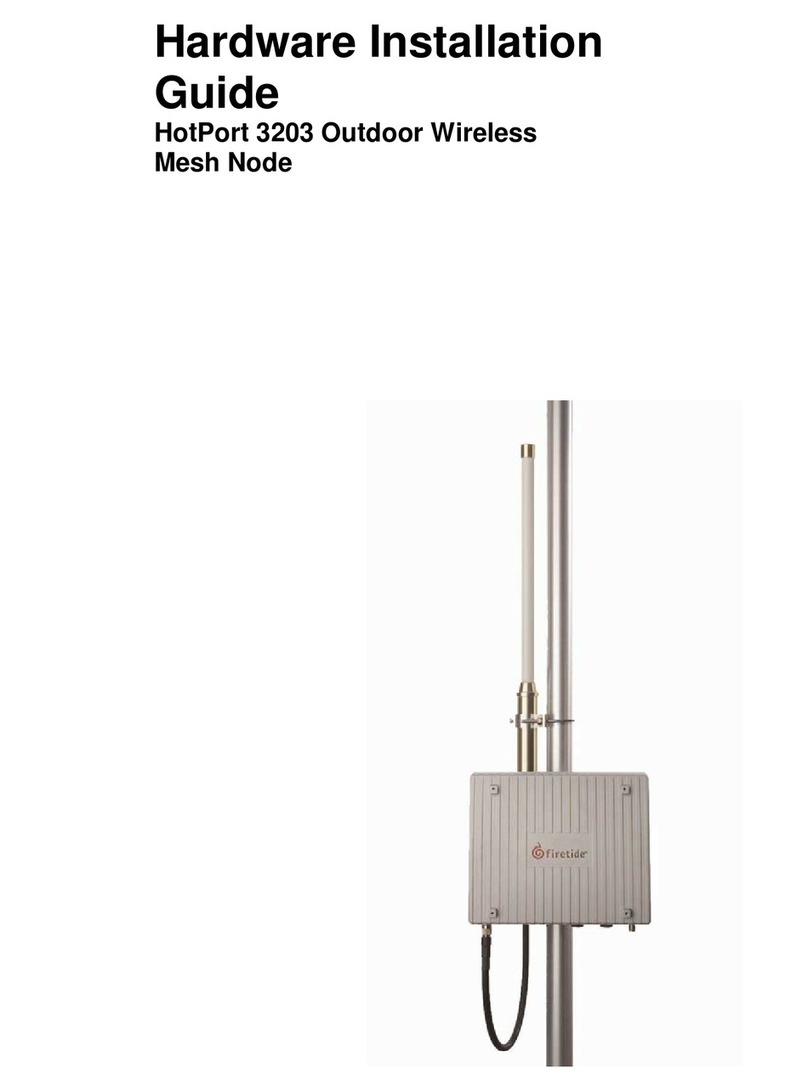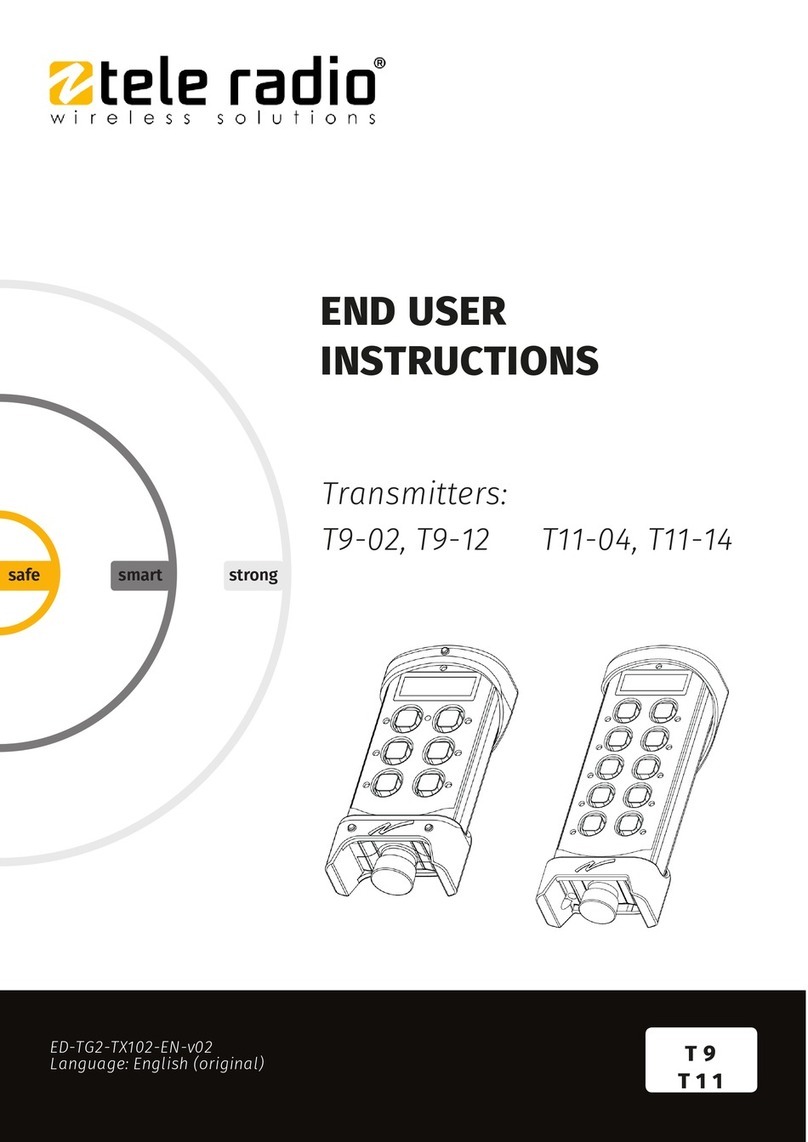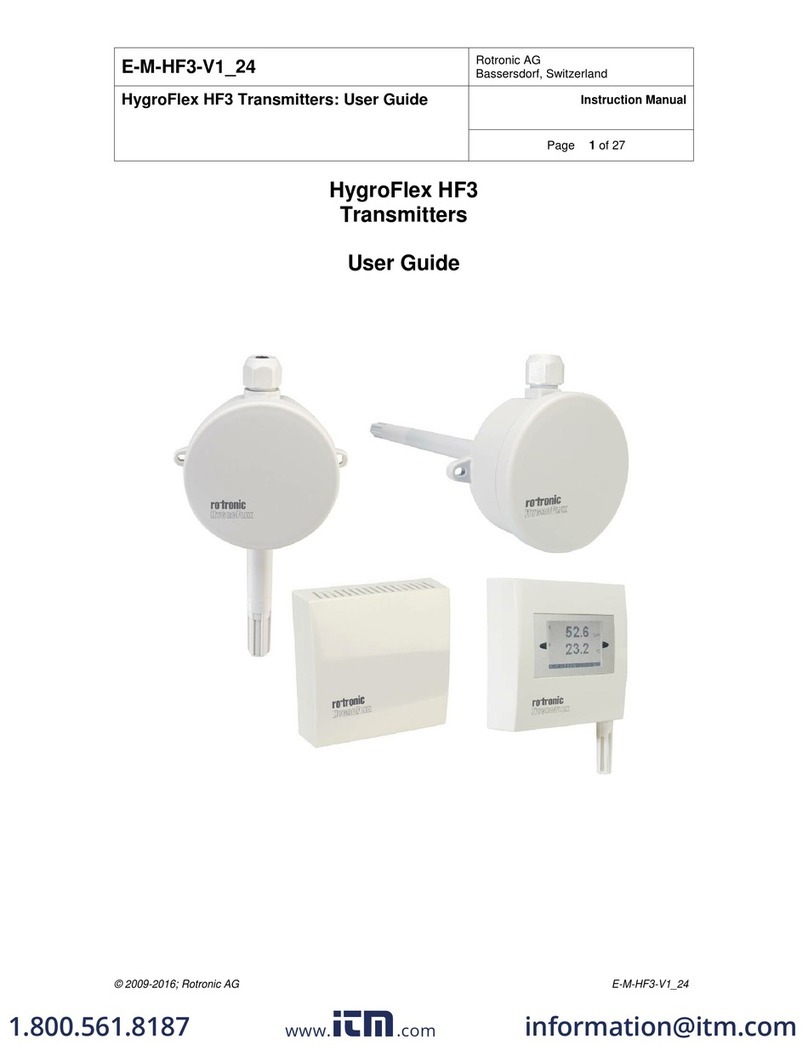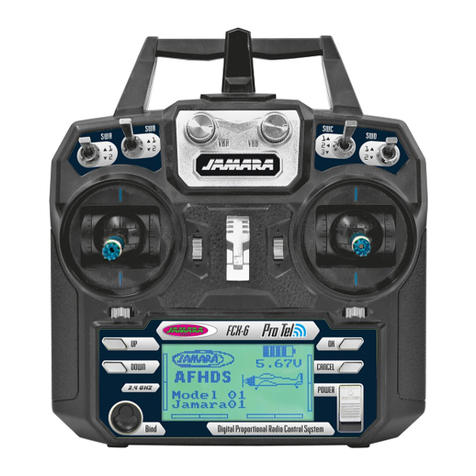
2
TABLE OF CONTENTS
INTRODUCTION AND GENERAL POINTS .............................................................................. 3
PRE-PROGRAMMING .............................................................................................................. 3
1. PACKAGE CONTENT......................................................................................................... 5
2. INSTALLATION PLANNING ............................................................................................... 6
3. INSTALLING AND PROGRAMMING THE STATION.......................................................... 8
3.1 Installing and programming the alarm station ........................................................ 8
3.1.1 System description .................................................................................... 8
3.1.2 Installing the system ................................................................................. 9
3.1.3 Programming the personal code ............................................................. 11
3.1.4 Setting the trigger mode .......................................................................... 11
3.1.5 Entry delay .............................................................................................. 11
3.1.6 Alarm delay ............................................................................................. 12
3.1.7 Frequency saturation .............................................................................. 12
3.1.8 Key beeps ............................................................................................... 12
3.2 Installing and programming accessories ............................................................. 13
3.2.1 Detector learning ..................................................................................... 13
3.2.2 Deleting detectors ................................................................................... 13
3.2.3 Remote control learning .......................................................................... 14
3.2.4 Deleting remote controls ......................................................................... 14
3.2.5 Remote keypad learning ......................................................................... 14
3.2.6 Deleting the remote keypad .................................................................... 14
3.2.7 Deleting all accessories .......................................................................... 14
3.3 Programming the phone transmitter .................................................................... 15
3.3.1 Programming the alert message ............................................................. 15
3.3.2 Programming phone numbers ................................................................. 15
3.3.3 Deleting phone numbers ......................................................................... 15
4. ALARM STATION OPERATION........................................................................................ 16
4.1 Arming the system ............................................................................................... 16
4.1.1 Total arming (area 1 and 2 active) ........................................................... 16
4.1.2 Partial arming (area 1 active and area 2 inactive) ................................... 16
4.2 Disarming the system .......................................................................................... 16
4.3 Chime mode ........................................................................................................ 17
4.4 Test mode ............................................................................................................ 17
5. FUNCTION SUMMARY TABLE ........................................................................................ 18
6. ACCESSORY INSTALLATION AND OPERATION ........................................................... 19
6.1 Remote control HA700R ....................................................................................... 19
6.2 Passive infrared movement detector (PIR) SA68P .............................................. 19
6.3 Door/window (magnetic) opening detector SA68M ............................................. 22
7. RESETTING THE STATION .............................................................................................. 24
8. SPECIFICATIONS ........................................................................................................... 25
9. DECLARATION OF CONFIRMITY.................................................................................... 25
10.PRODUCT GUARANTEE.................................................................................................. 26
11.DISPOSAL......................................................................................................................... 26
12.MAINTENANCE ................................................................................................................ 26
13.SAFETY............................................................................................................................. 26





